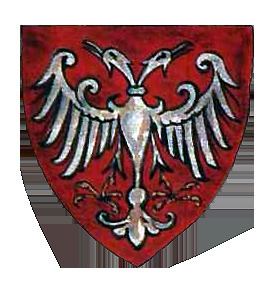 | ||
Events from the 9th century in, or regarding, Historic Serbia or Serbs.
Contents
Monarchs
The following, of the Vlastimirović dynasty, ruled Serbia:
Events
References
9th century in Serbia Wikipedia(Text) CC BY-SA
 | ||
Events from the 9th century in, or regarding, Historic Serbia or Serbs.
The following, of the Vlastimirović dynasty, ruled Serbia: